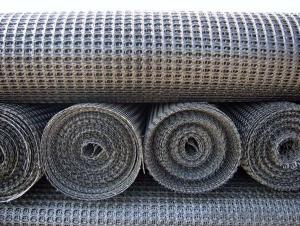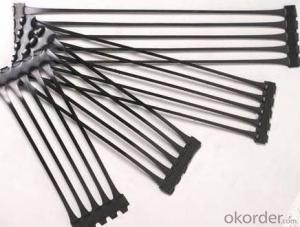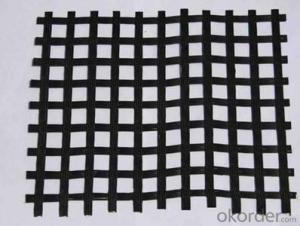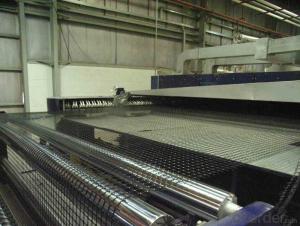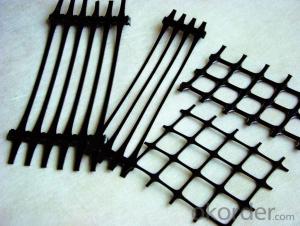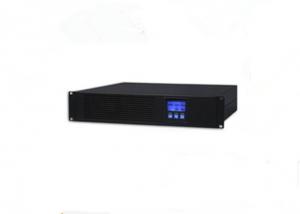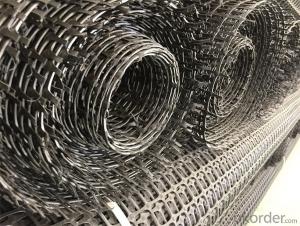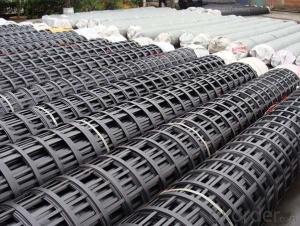Buy Geogrid Online
Buy Geogrid Online Related Searches
Fridge With Freezer On Bottom Driveway Pillars With Lights Blu Ray Player With Recorder Blu Ray Player With Internet Geogrid In Retaining Walls 1708 Biaxial Fiberglass Tape Pullout Resistance Of Geogrid Geogrid Warp Knitting Machine Srw 3 Series Geogrid Biaxial Plastic GeogridHot Searches
Fiberglass Scaffolding For Sale Fiberglass Panels For Sale Fiberglass Greenhouses For Sale Geogrid Fabric For Sale Gas Powered Core Aerator For Sale Revolution 4 Propeller For Sale Alabaster Carving Stone For Sale Geogrid For Sale Near Me Tensar Geogrid For Sale Geogrid For Sale Ex Display Log Cabins For Sale Photoelectric Cells For Sale Athletic Lockers For Sale Cubicle Partitions For Sale Stearman Propeller For Sale Palram Greenhouses For Sale Gumbo Bowls For Sale Suzuki Propellers For Sale Freight Crates For Sale Outhouse Sheds For SaleBuy Geogrid Online Supplier & Manufacturer from China
Okorder.com is a professional Buy Geogrid Online supplier & manufacturer, offers integrated one-stop services including real-time quoting and online cargo tracking. We are funded by CNBM Group, a Fortune 500 enterprise and the largest Buy Geogrid Online firm in China.Hot Products
FAQ
- Yes, geogrids can be used in the reinforcement of bridge abutments on expansive soils. Geogrids are typically made from high-strength materials such as polyester or polypropylene, which provide improved tensile strength and stability to the soil. By placing geogrids in the soil around the bridge abutments, they can help distribute the load and reduce potential soil movement caused by expansive soil conditions. This reinforcement technique can effectively enhance the stability and longevity of bridge abutments on expansive soils.
- There are several types of geogrids, including uniaxial geogrids, biaxial geogrids, and triaxial geogrids. Uniaxial geogrids are designed to provide strength in one direction, typically used for reinforcement applications. Biaxial geogrids offer strength in both directions, making them suitable for applications such as soil stabilization and slope reinforcement. Triaxial geogrids have additional strength in the third dimension, making them ideal for applications involving heavy loads or high tensile forces.
- Some of the key design considerations for geogrid-reinforced pavements include selecting the appropriate geogrid material and properties based on the project requirements, determining the optimal placement and orientation of the geogrid within the pavement structure, considering the compatibility between the geogrid and other pavement materials, evaluating the long-term performance and durability of the geogrid, and ensuring proper construction techniques and quality control during installation. Additionally, factors such as traffic loading, subgrade conditions, climate, and drainage need to be taken into account for a successful design of geogrid-reinforced pavements.
- Yes, geogrids can be used in ground stabilization for water treatment plants. Geogrids are commonly used in civil engineering projects to improve the stability and load-bearing capacity of soil. In the case of water treatment plants, geogrids can help prevent soil erosion, reinforce embankments, and provide stability to the ground, ensuring the safe and long-lasting operation of the facility.
- The effect of confinement on geogrid performance is generally positive. Confinement helps improve the stability and load-bearing capacity of geogrids by restraining lateral movement and enhancing soil-geogrid interaction. It prevents the geogrid from elongating or deforming under heavy loads, leading to better reinforcement and increased structural integrity. Confinement also reduces the potential for geogrids to slip or creep, improving their long-term performance and durability.
- Geogrids offer several advantages in construction projects. Firstly, they provide reinforcement to the soil, enhancing its stability and load-bearing capacity. This allows for the construction of structures on weak or challenging soils that would otherwise require expensive excavation or additional materials. Additionally, geogrids help in preventing soil erosion by providing a barrier against the movement of soil particles, reducing the need for costly erosion control measures. Moreover, these grids are lightweight, making them easy to handle and install, saving time and labor costs during construction. Lastly, geogrids have a long lifespan and are resistant to chemical degradation, ensuring their effectiveness and durability over time. Overall, geogrids offer a cost-effective and sustainable solution for improving the performance and longevity of construction projects.
- What is the difference between unidirectional geogrid and two-way geogrid
- The bidirectional grid is suitable for increasing the bearing capacity of the road (ground) base, and the service life of the Yan Changlu base. TwoThe utility model relates to a bidirectional grid which is suitable for preventing the collapse of the road surface and the generation of cracks. ThreeThe utility model has the advantages of convenient operation, time saving, labor saving, short construction period and reduced maintenance cost. FourThe utility model relates to a bidirectional grid which is suitable for preventing cracks in culvert. FiveTwo way grid is used to enhance soil slope and prevent soil erosion. Six
















